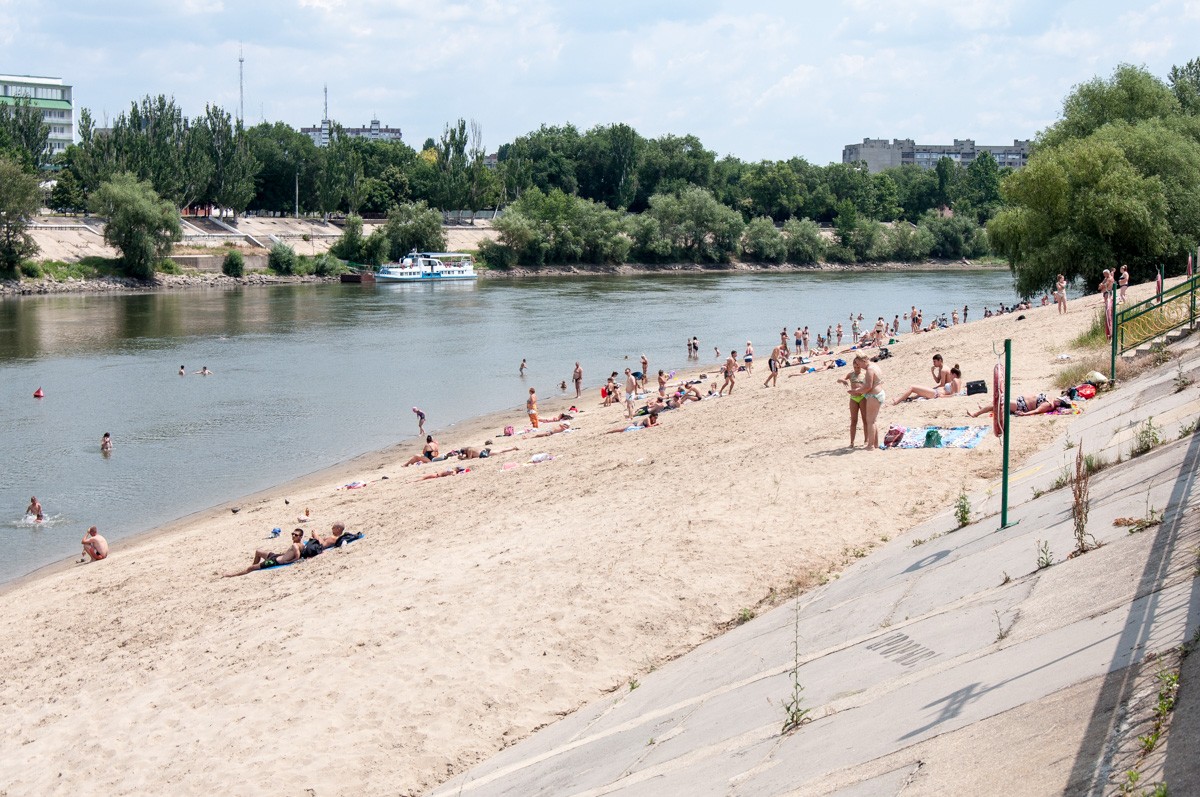Tiraspol, June, 18. /Novosti Pridnestrovya/. The consequences of the flood and rising air temperature provided favorable conditions for the growth of bacteria in the Dniester. Epidemiologists point out that microorganisms can cause intestinal diseases, and also urge people to temporarily refrain from swimming in the river.
Specialists of the Republican Center for Hygiene and Epidemiology take water samples for chemical and microbiological analysis weekly. The first studies after the flood showed that water did not meet sanitary standards. In particular, a cholera-like vibrio was found in the Dniester.
“The water in the river has risen, due to which its quality has deteriorated in chemical composition. Microbiological studies have shown that the four water samples carried out did not meet the requirements and exceeded the norm. The epidemiological situation in terms of water quality is unfavorable,” Nikolai Panchenko, doctor in communal hygiene at the Republican Center for Hygiene and Epidemiology said.
Failure to take precautions after swimming in the Dniester can lead to intestinal infections, such as typhoid fever, salmonella and cholera. Contaminated water when ingested causes various symptoms: weakness, fever, headaches and nausea.
Despite the unfavorable epidemiological situation, the beaches are still crowded. Rescuers inform beachgoers about the rules of behavior during and after swimming, as well as follow public order.
“The beach is filled with a lot of people, because these days it’s very hot. This year, citizens are more obedient and follow the rules of behavior on the water. In connection with the situation, we are trying to conduct preventive conversations, but not everyone pays attention to it,” the senior inspector-rescuer, major of the internal service Yevgeny Burian said.
At the moment, swimming in the Dniester is not recommended. Epidemiologists emphasize that the swimming season is not yet open. Official permission will be provided only after the water level has been reduced, as well as the improvement of the city’s beaches and recreation areas.








